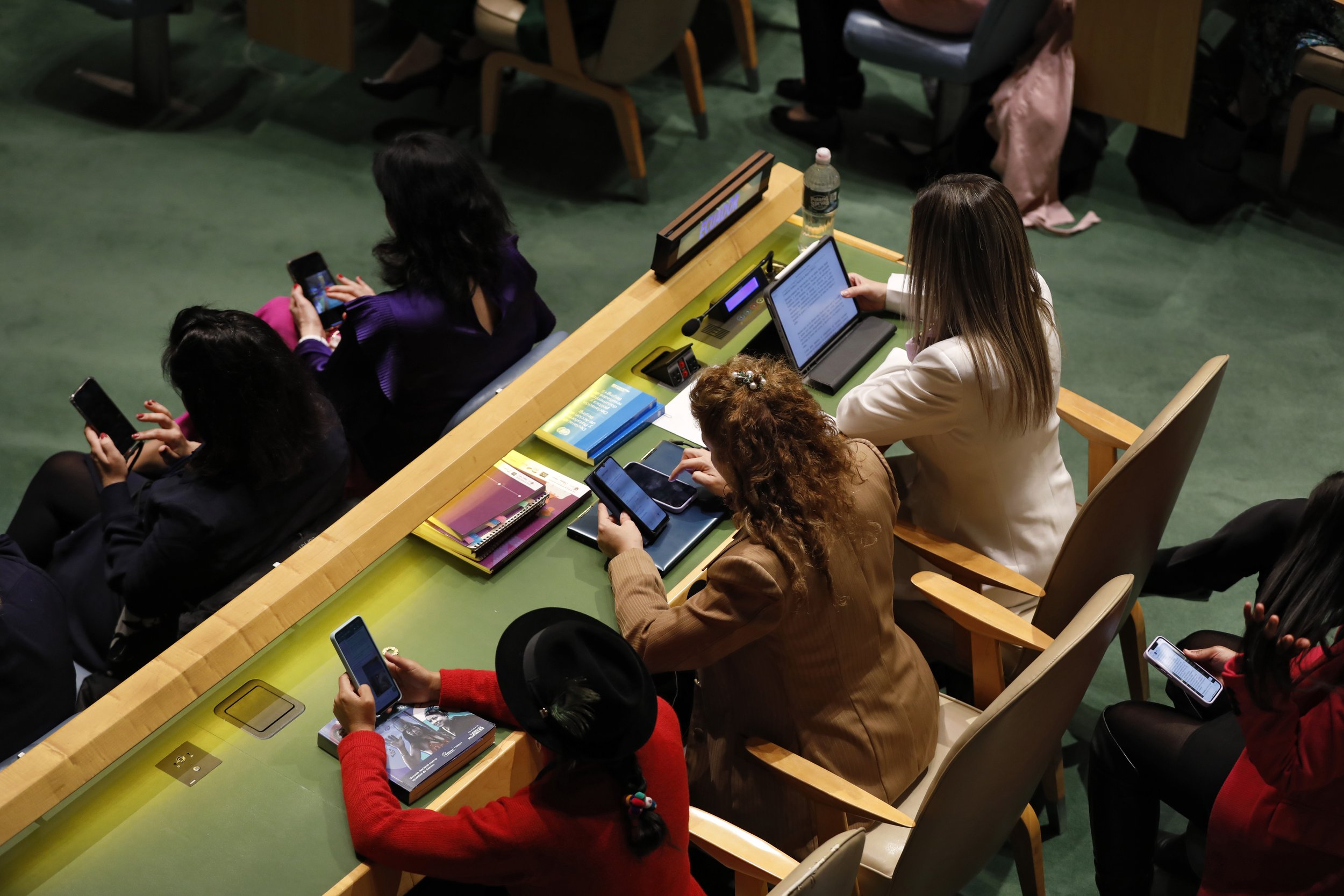By Heather Wolbers, Hayley Boxall and Anthony Morgan
Drawing on a large sample of female carers living in Australia (n=3,775), this study aims to document and explore children and young people’s experiences of abuse in the past 12 months. We focus on children’s exposure to intimate partner violence (IPV) perpetrated against their female carers, as well as children being the target of direct physical and emotional abuse themselves.
Overall, a significant proportion of respondents who had a child in their care during the past 12 months said that a child was exposed to IPV perpetrated against them (14.1%). One in nine said a child in their care had been the target of direct abuse perpetrated by their current or most recent former partner (11.5%). Critically, one-third of respondents who experienced IPV said a child was exposed to the violence at least once in the past 12 months (34.8%).
A number of factors were associated with an increased likelihood of children being subjected to direct abuse. These included the characteristics of respondents and their relationships, children and households. We also present evidence linking economic factors, including changes in employment, with the direct abuse of children.
Research Report no. 26. Canberra: Australian Institute of Criminology. 2023. 72p.






